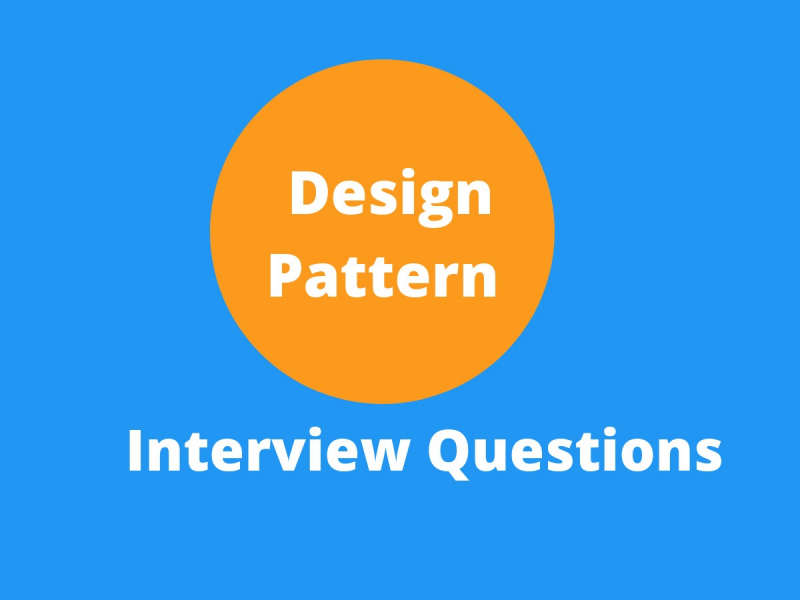In Software engineering, the design pattern is a type of solution that is given to the commonly occurring problems in the software design. The design pattern is an unfinished design that can be converted directly into the code. Apart from this, the design pattern is also a type of description or a template that is mainly used to solve a problem and it can be also used in many different situations. In the object-oriented design pattern, it generally shows the relationships and the interaction between the classes and the objects. There are lots of the Design Pattern Interview Question and answers that will really help you a lot.
A design pattern is one of the best solutions for all the software developers who used to face problems in Software development. There are lots of developers around the world who use the design patterns by the usage of the Java programming language. The types of the design patterns were being obtained by the trial and error by several other numerous software developers for a quite substantial period of time. The software design patterns are one of the most descriptive and the best solution for all the given different situations. Below are some of the software Design Pattern Interview Questions and answers.

